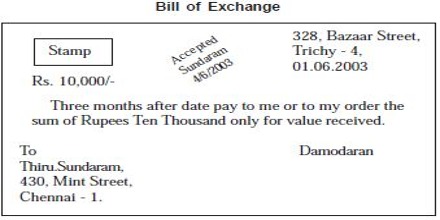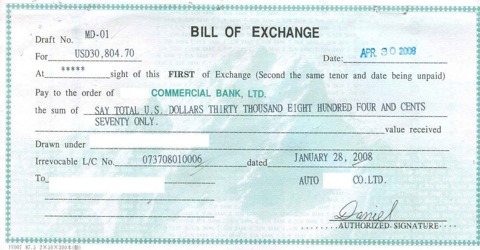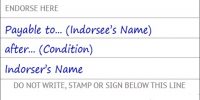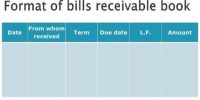Bill of exchange is an unconditional on paper order from one person to another to pay a particular sum of money to a selected individual. When one wants to augment the trade transactions, credits might be allowed and the amounts are received after some time.
A bill of exchange normally includes the following information:
- The phrase “bill of exchange” is eminent on the face of the document.
- The amount to be paid, expressed both numerically and written in text.
- As of. The date on which the amount is to be paid. Can be stated as a assured number of days after an event, such as a shipment or receipt of a delivery.
- States the name (and perhaps the address) of the party to be paid.
- Identification number. The bill should contain a unique identifying number.
- The bill is signed by an individual authorized to commit the drawee to pay the designated amount of funds.

Issuers of bills of exchange use their own formats, so there is some variation from the information just noted, as well as in the layout of the document. The result is that a bill of exchange is a useful instrument to increase business activities, and is beneficial to all the parties.















